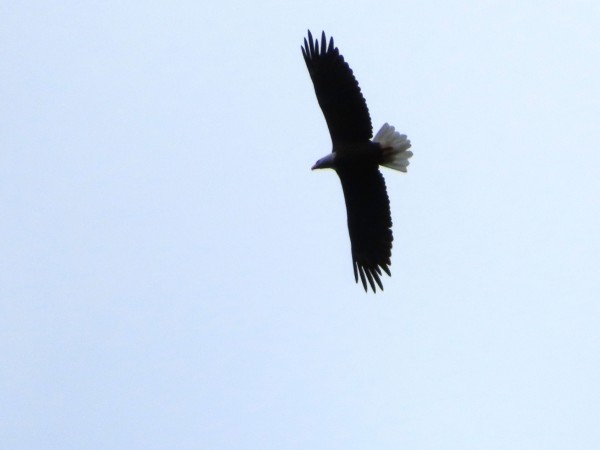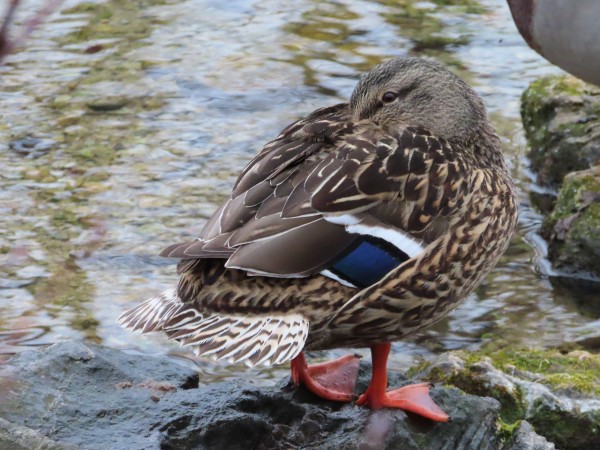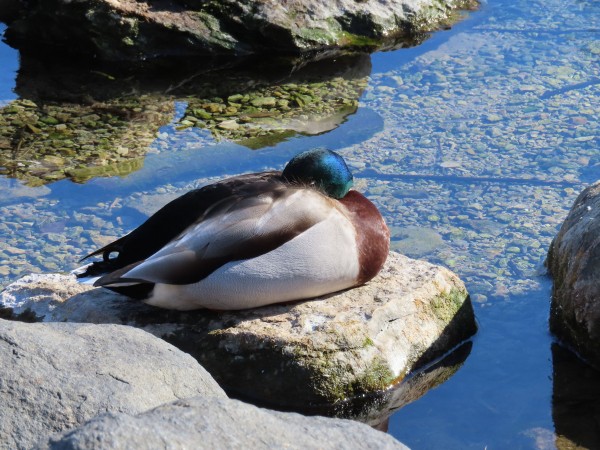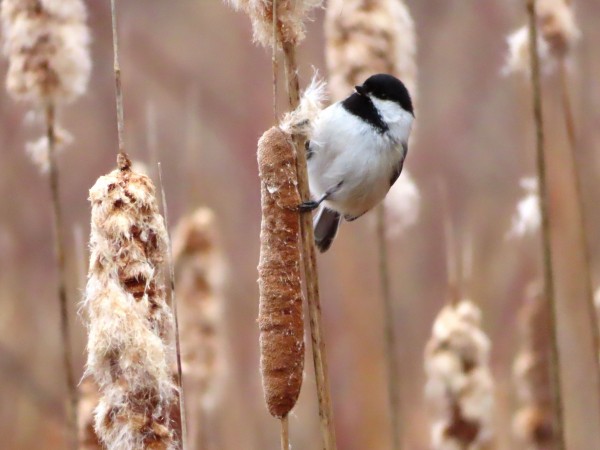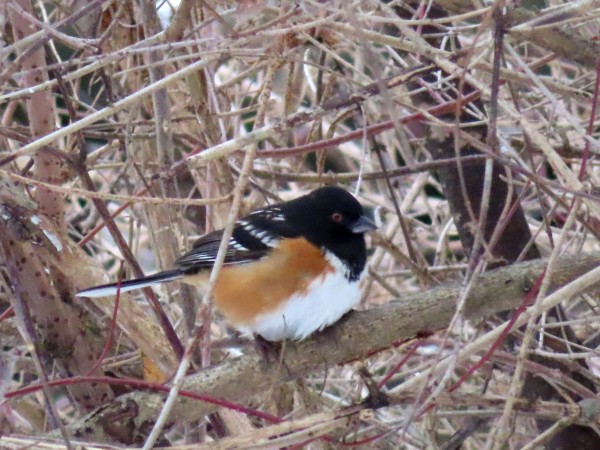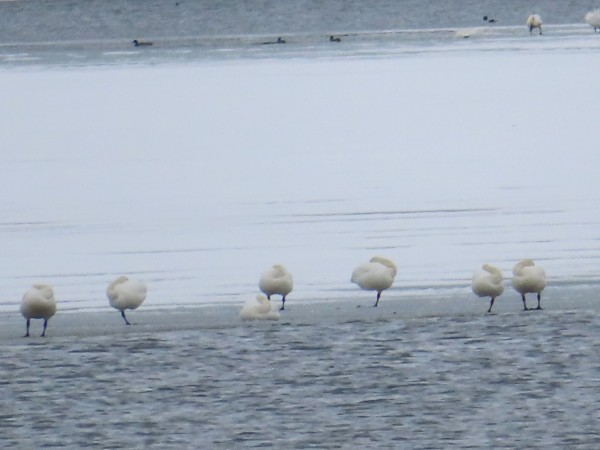Chuck's Birding Report #44
12 January - 18 January 2021
Dear fellow flock of birders,
Soon there will be quite a change in our country. A whole new administration will take over. Let's hope it happens peacefully. In celebration of this event I've included a photo of a Bald Eagle, the national emblem of our country. I believe it also symbolizes the strength of our country and of our democracy.
I think the birds in the Arb are beginning to celebrate too. Today on my bird walk in the Arb I heard the Northern Cardinals singing just as I reported last week. In addition I heard American Robins singing for the first time too. There were about 30 robins flying around the creek that drains the marsh near Icke boardwalk and continues to flow east under the path that connects Gallistel Woods to Lost City Forest. The robins were all stopping for a drink of water from the creek. Red-bellied Woodpeckers were calling constantly and chasing other Red-bellies.
Over at Spring Trail Pond (aka The Duck Pond) the 100 or so Mallards were quacking and chasing each other. I took a photo of the female (hen) and the male (drake) and spent some time looking at their plumage. They are so common sometimes we forget to take a moment to really study the feathers. The female has feathers that are mostly various shades of brown. She had her tail feathers spread out and I had never noticed the intricate pattern on those feathers. The colored patch on the wings (the speculum) is mainly blue but bounded in the front and back by white. The feet in both the female and male are bright orange. The male is distinguished by its bright green head with a thin band of white in the neck and a dark brown breast. The body is mainly gray below with darker gray and black above. The tail has some straight white feathers and a couple black curled feathers. The speculum in the male, not shown in the photo, is the same as in the female. The attached photo of the male shows a dark blue or purple head instead of green. In my experience the change in color is due to the angle of the light hitting the head feathers is thus an iridescence phenomenon. Online I read other explanations for the color change.
Also at Spring Trail Pond is the Spotted Towhee. It was first seen at the pond in the middle of December so has been there for about a month. It normally is found west of the Rockies but seems to like Madison. The food in the local feeders across the street is just too good so why would it leave. A good variety of other species are at the Spring Trail Pond including Fox Sparrows, American Tree Sparrows, White-throated Sparrows, and many Northern Cardinals. I also saw a rare for this time of year male Red-winged Blackbird today.
Down at Big Spring the Great Blue Heron is still seen fairly regularly standing in the water of the spring outflow either on the right or left sides partially hidden by overhanging branches of buckthorn. Last Thursday I saw a Yellow-rumped Warbler down at Big Spring too. Others have seen one there also. It is not an early spring arrival but more likely it never left last fall. As soon as I tried to take a photo it disappeared so I've attached a photo of one I took in the fall that looks similar to the one I saw.
At Juniper Knoll the Barred Owl was perched and sleeping in a juniper tree. A bit farther south in a cattail marsh I saw a Black-capped Chickadee pulling apart the fuzz of a cattail to find hidden insects.
My last bird photo is from Dane County but not from the Arb. With all the lakes frozen over the only open water is found in the rivers, for example the Yahara River or associated with springs. I went to Lewis Park at the north end of Lower Mud Lake which has the Yahara flowing in at the north end and out at the south end. Many of the Tundra Swans that were on the Madison lakes are now down in the open parts of Lower Mud Lake. I counted 572 Tundra Swans there two days ago. I've attached a photo of a few Tundra Swans demonstrating three positions for sleeping: 1. Lying down on the ice (most common), 2. Standing on two feet and 3. Standing on one foot. Can you sleep standing on one foot? Two feet?
My last photo is my ice photo that I call an Ice Agate.
Good health to all and good birding too,
Chuck

